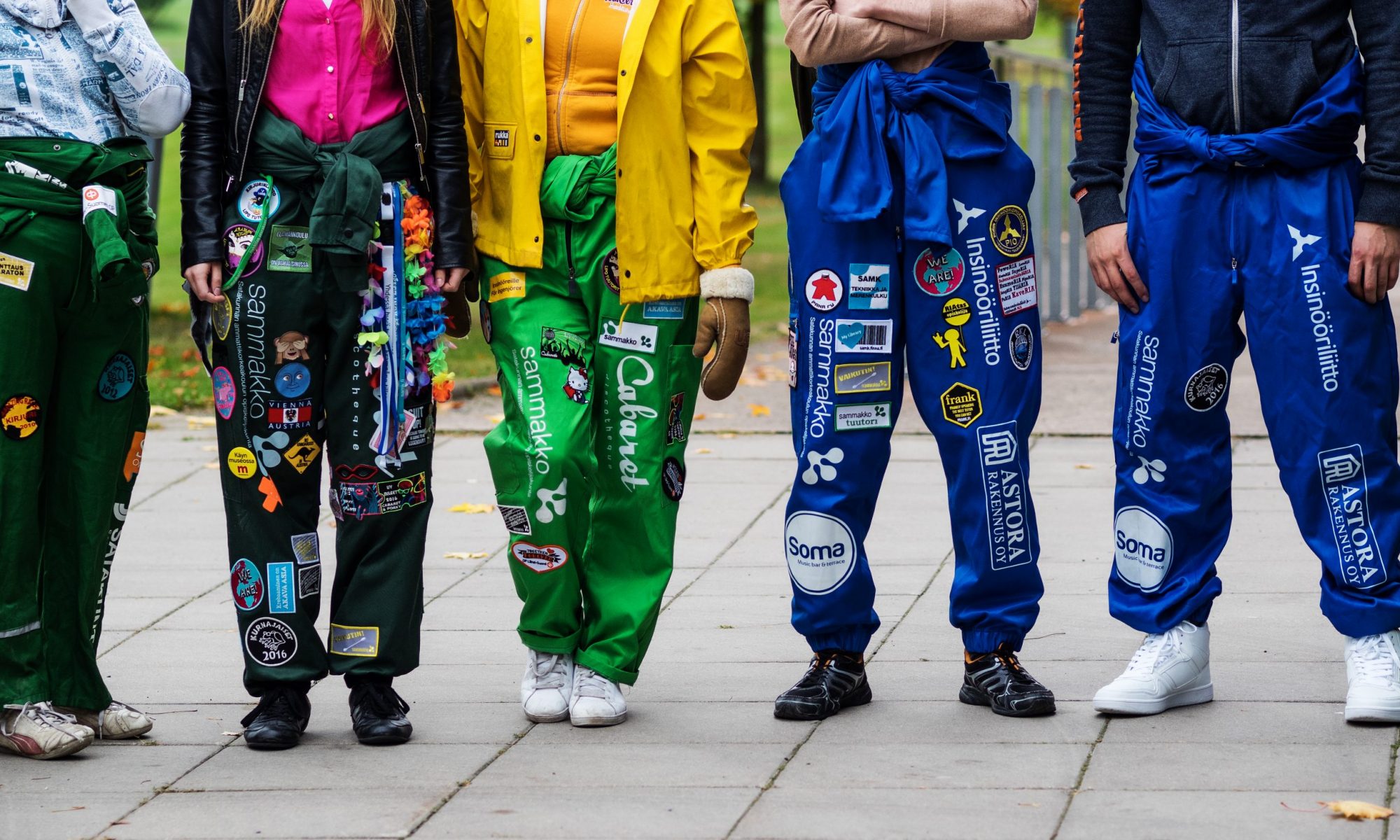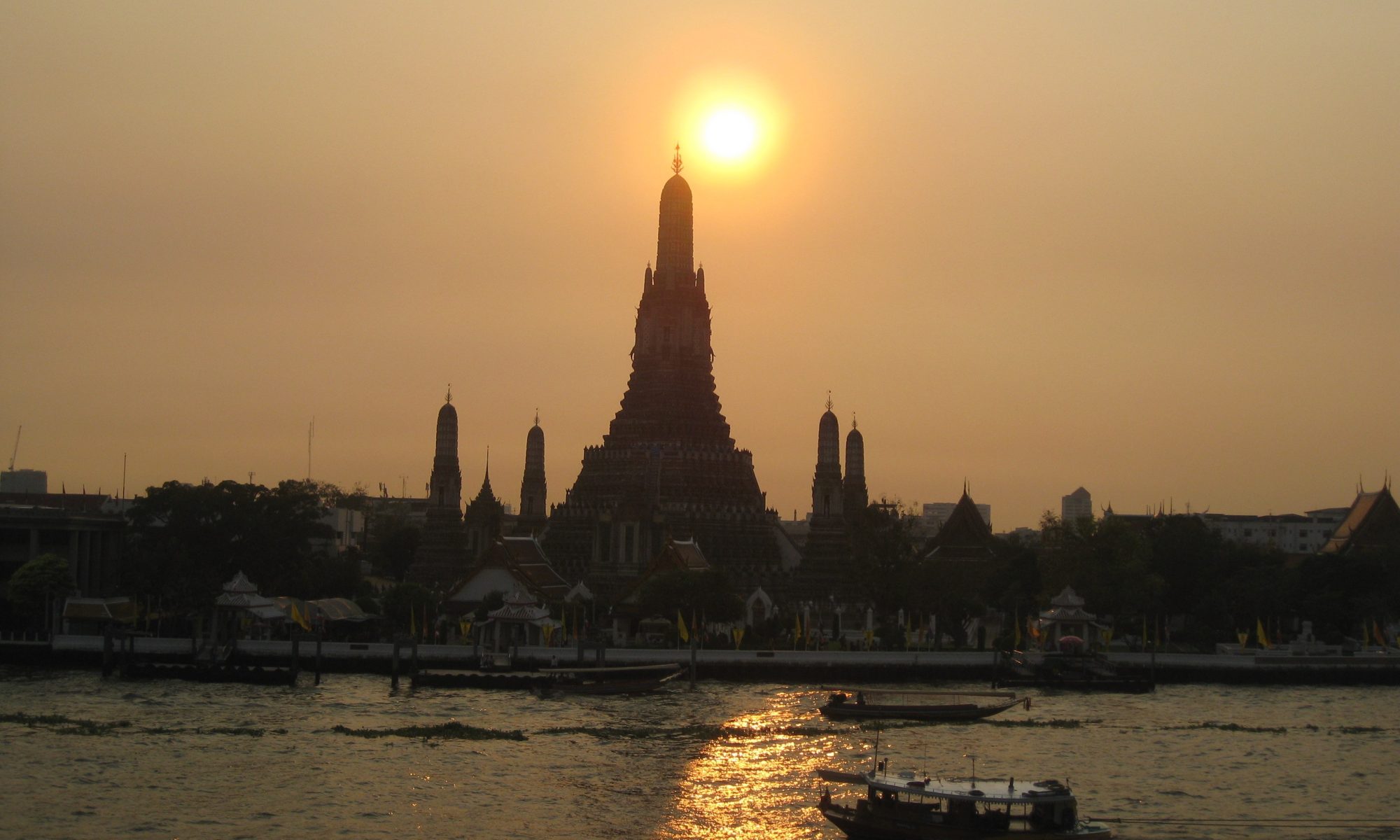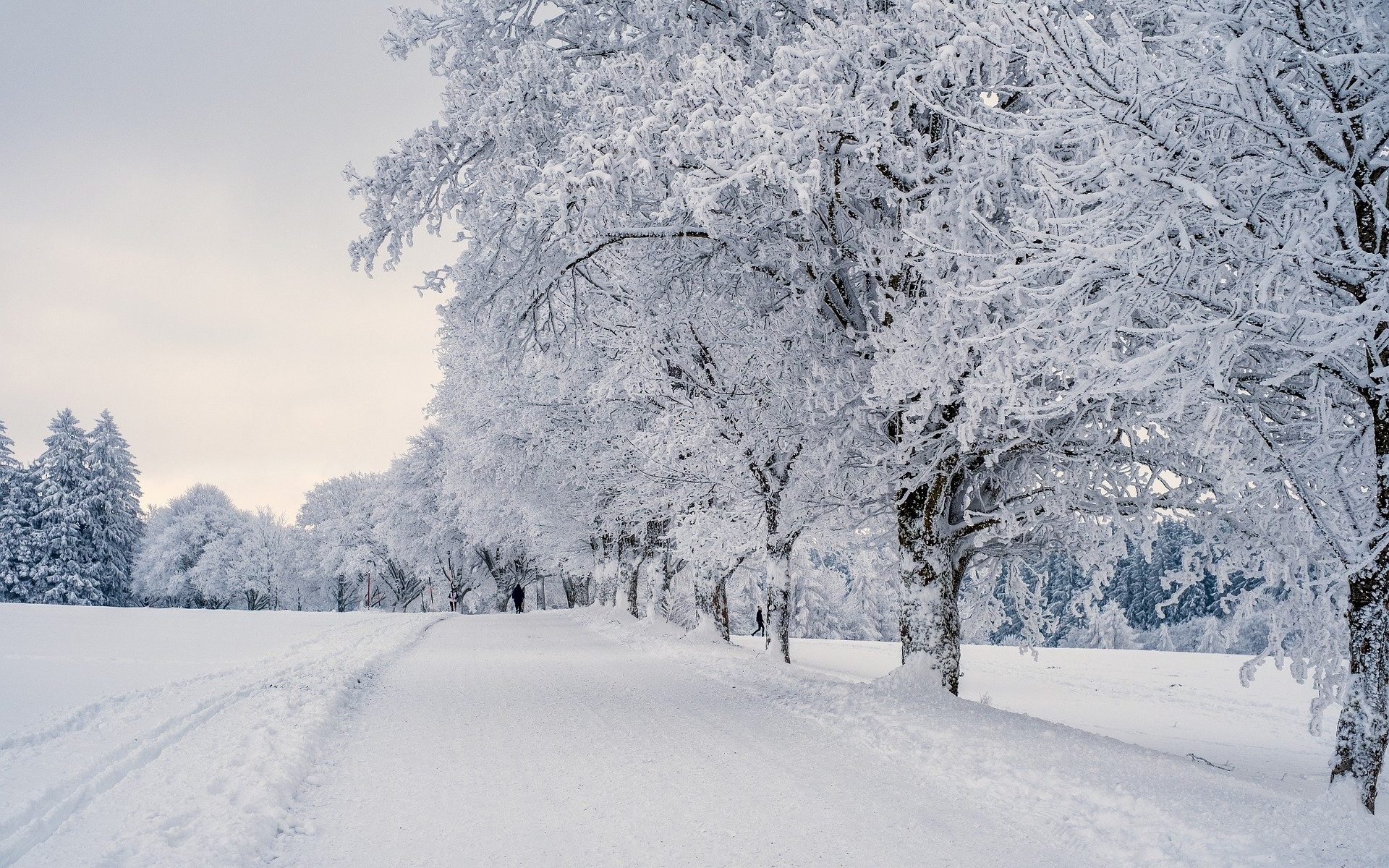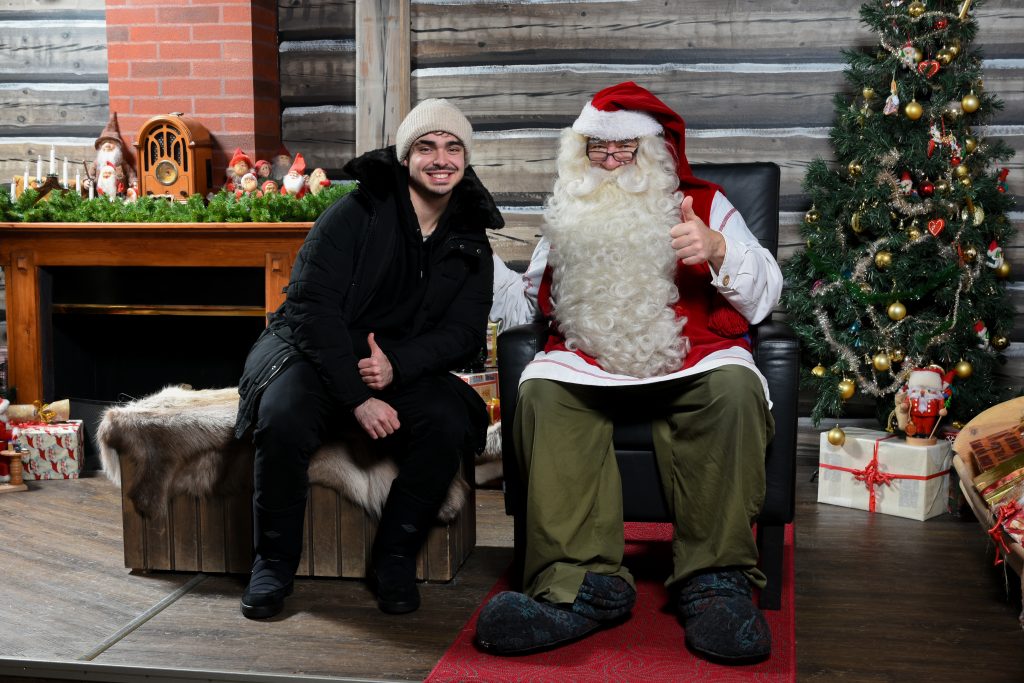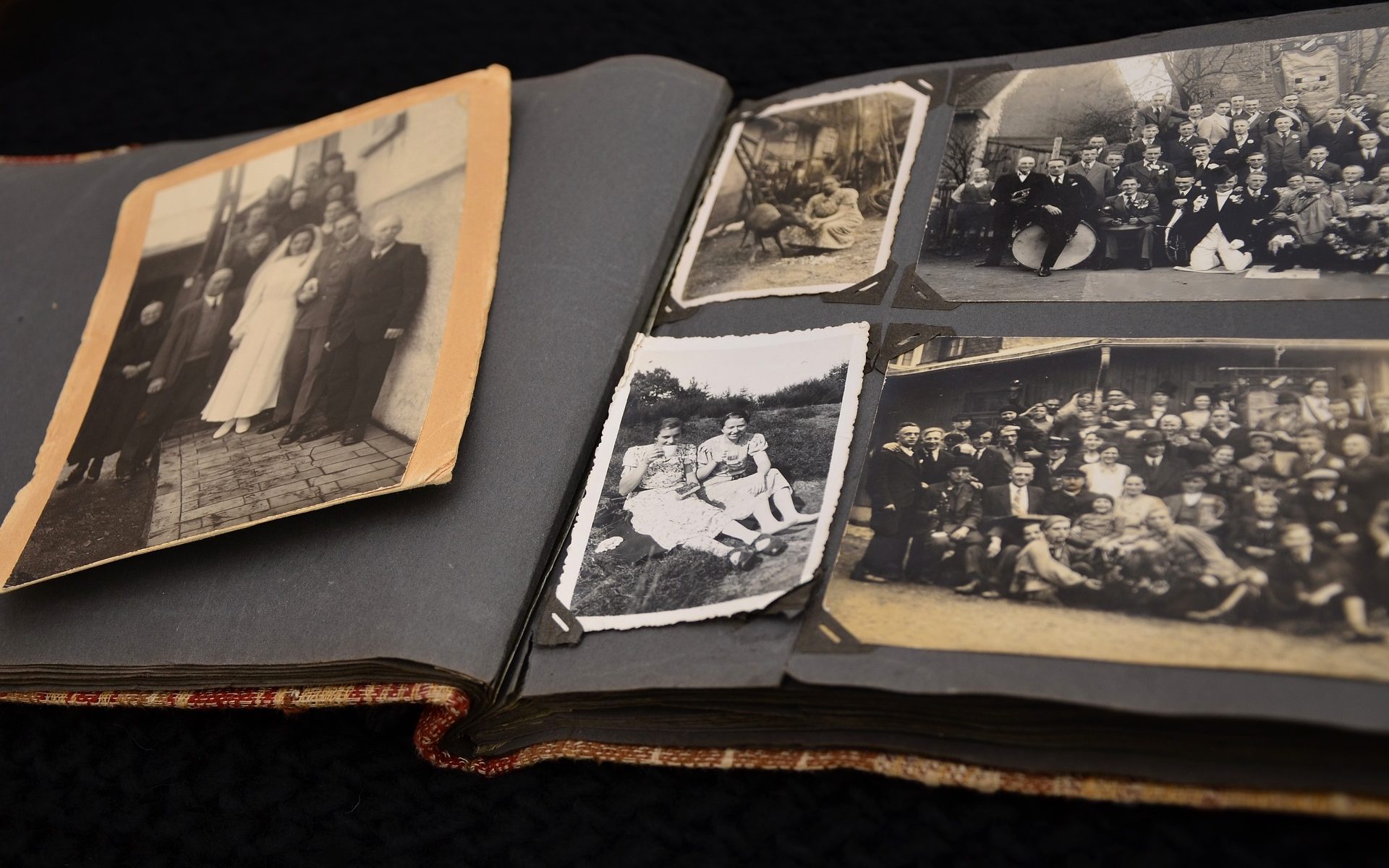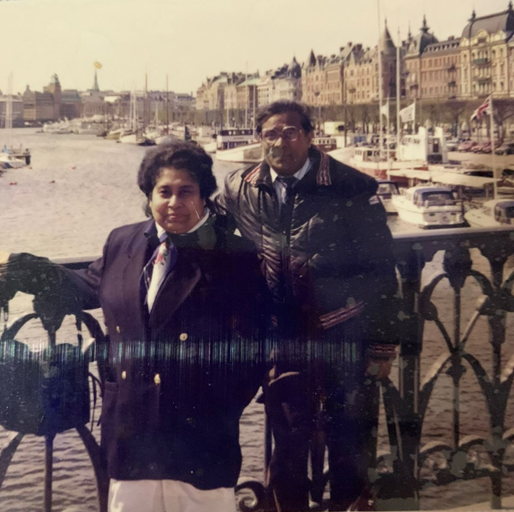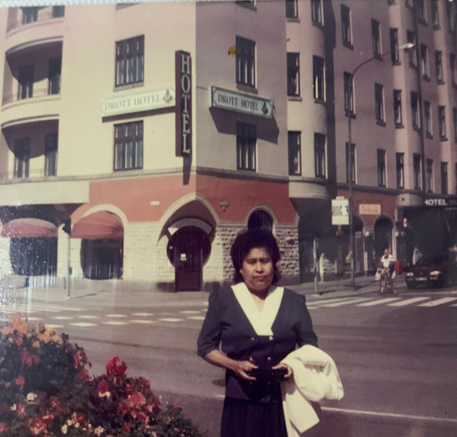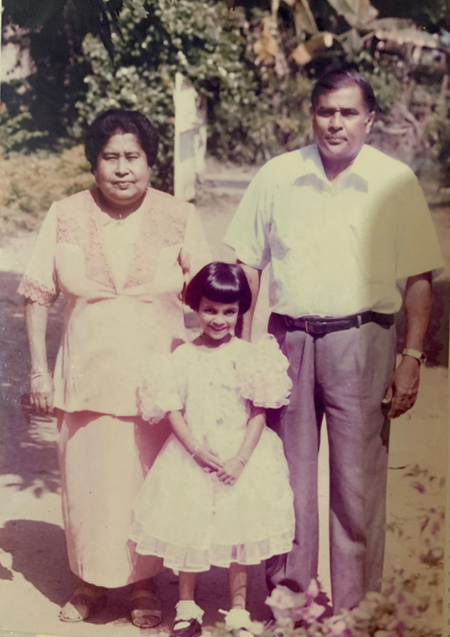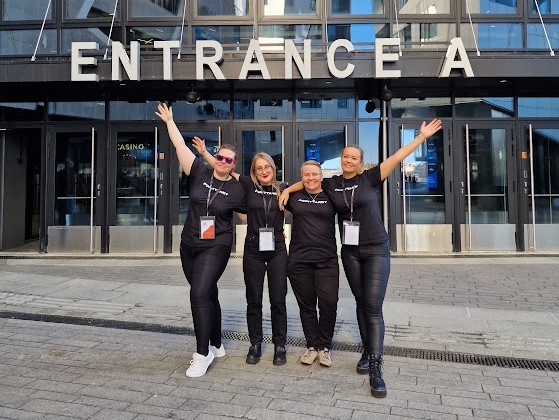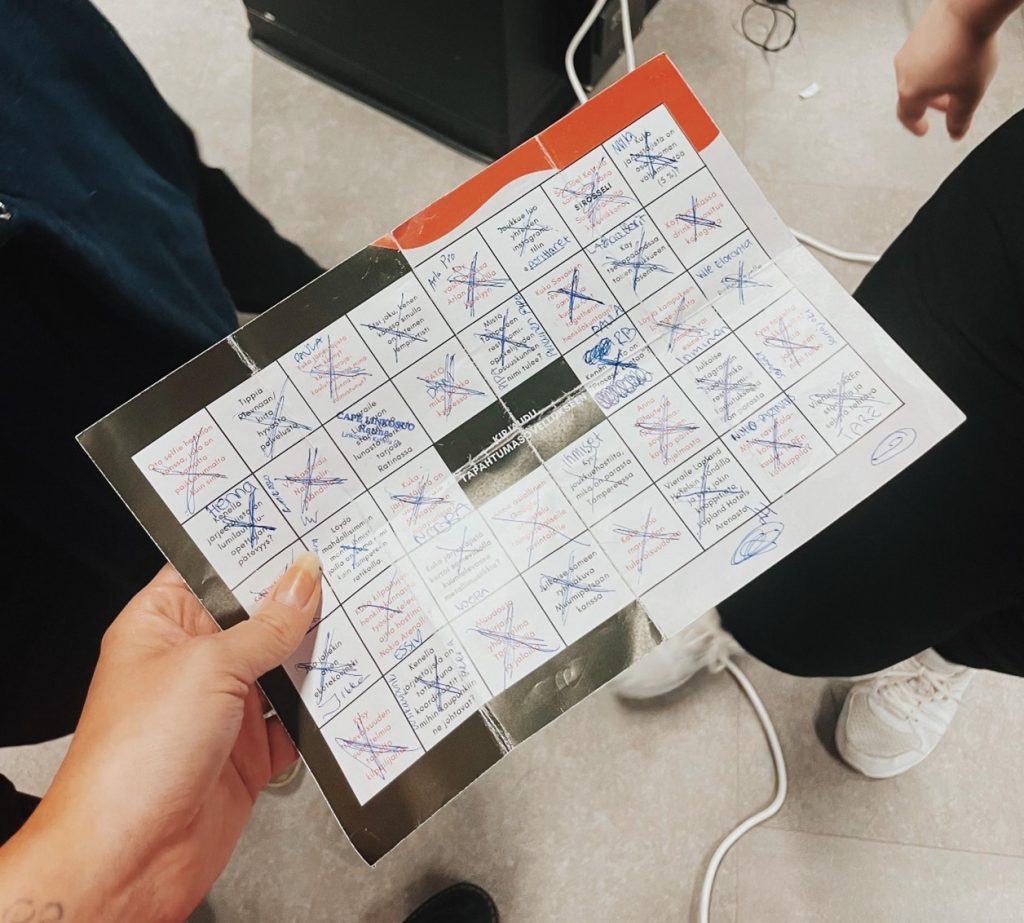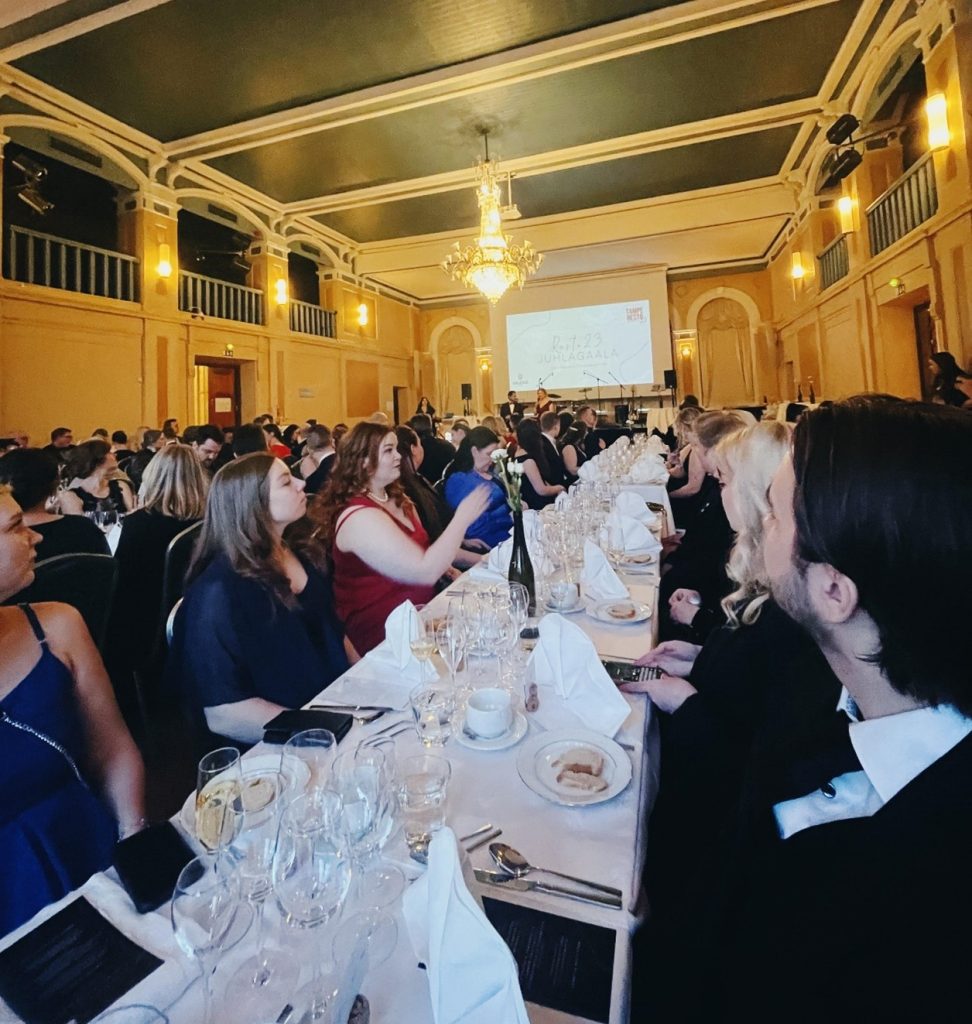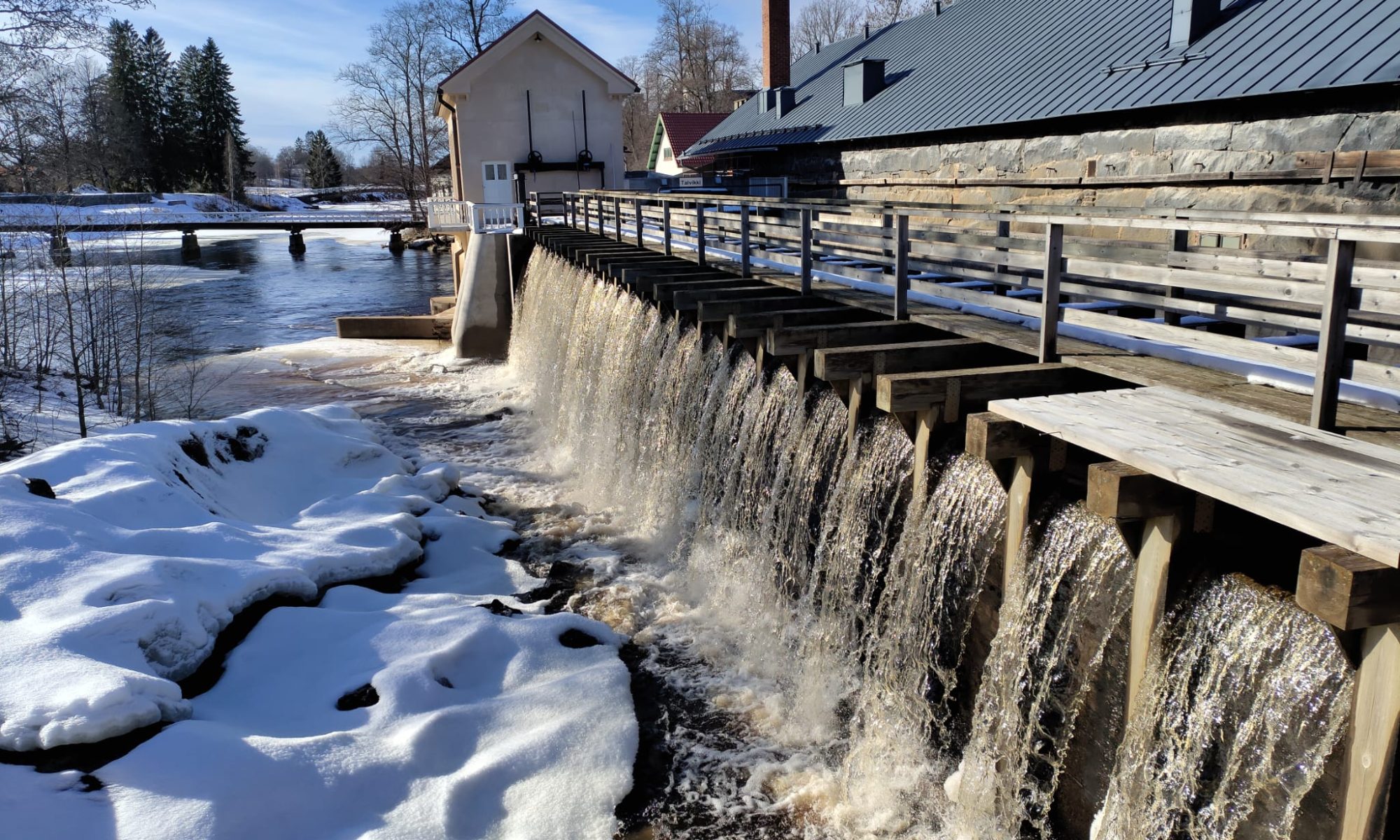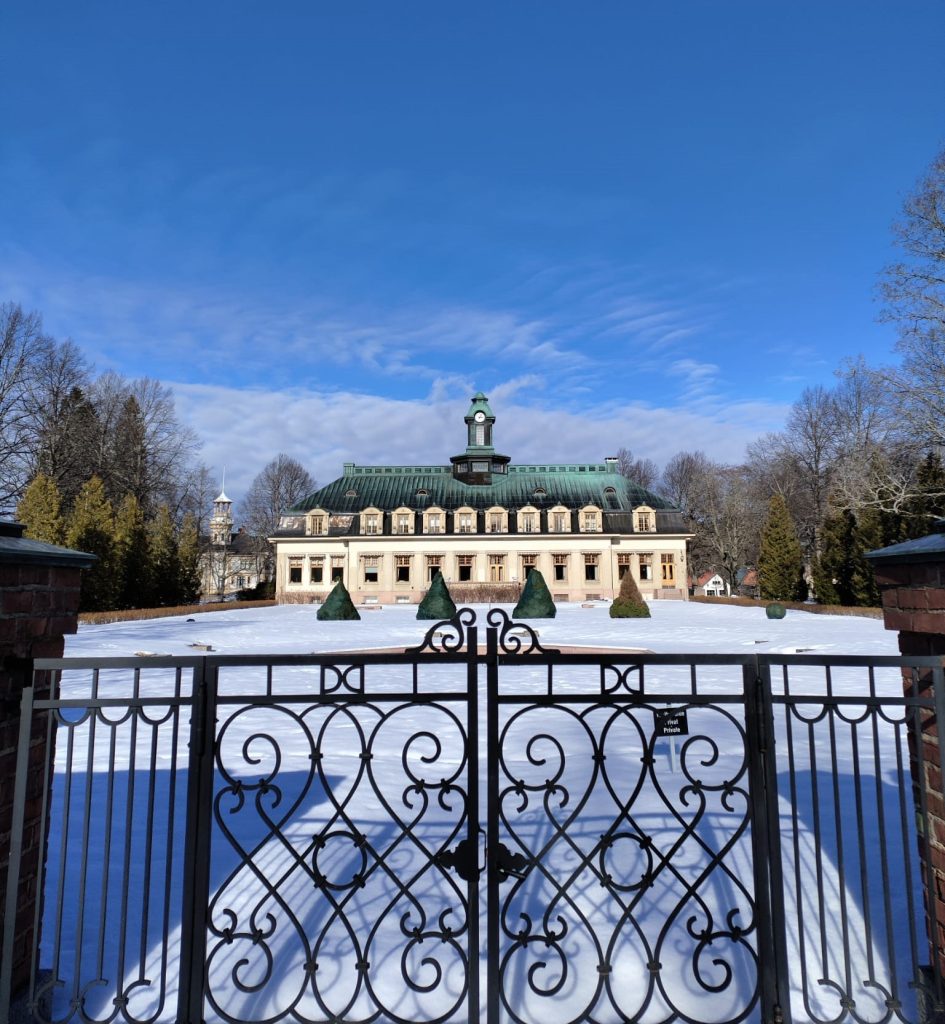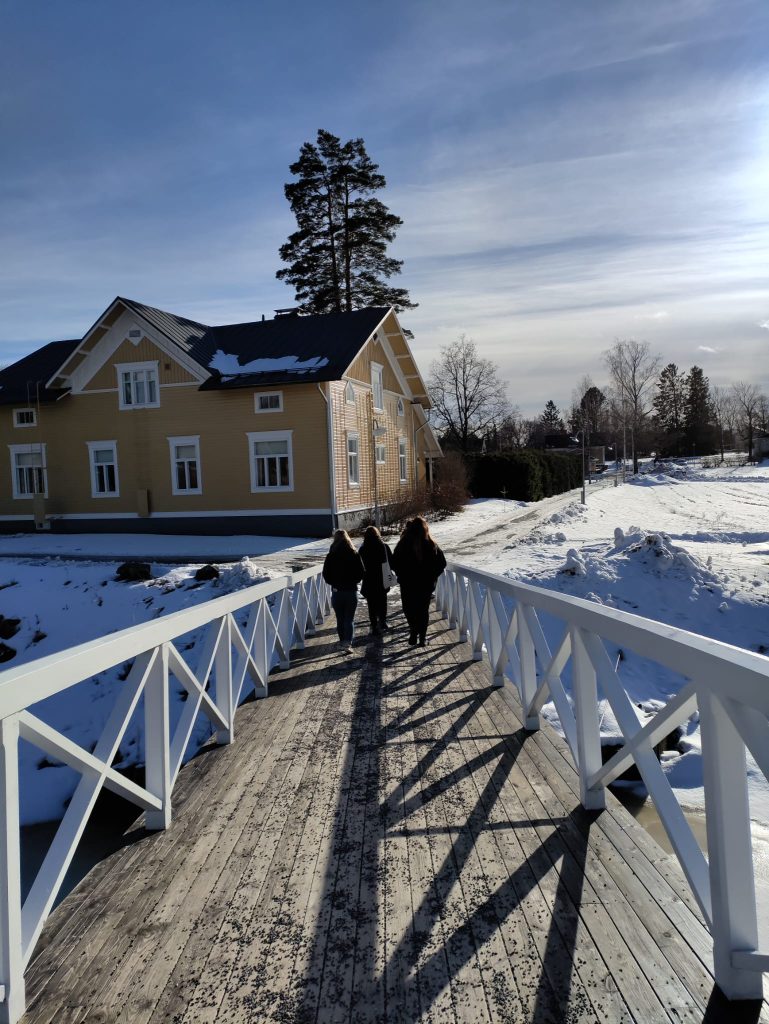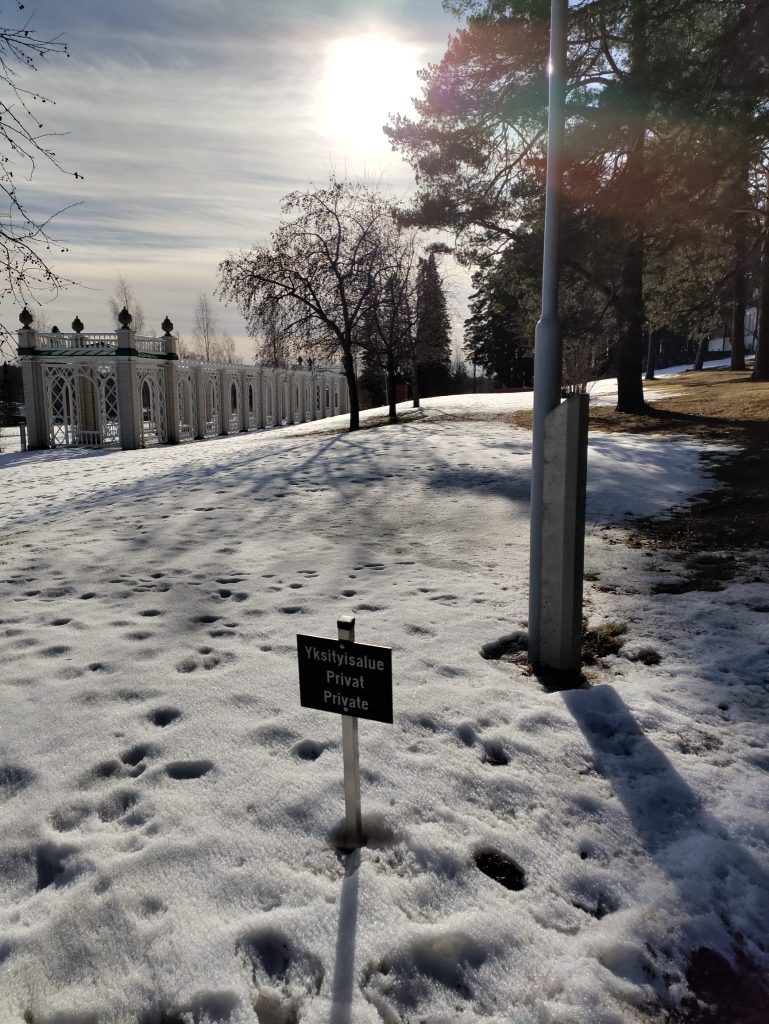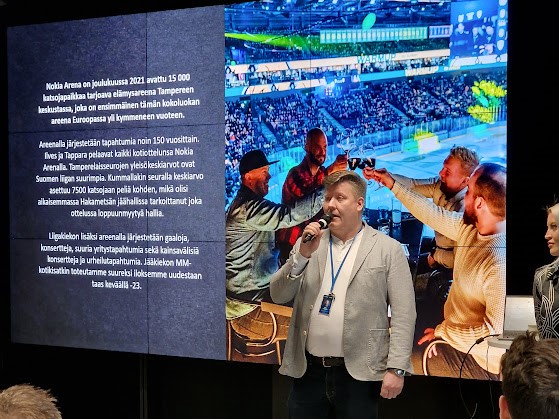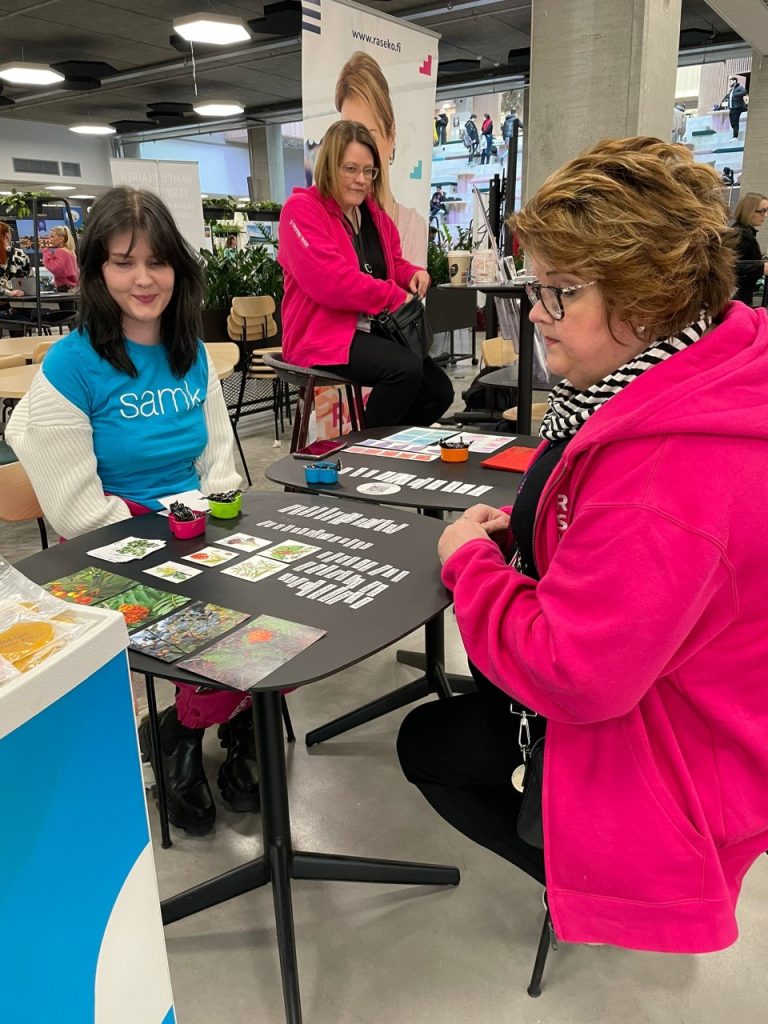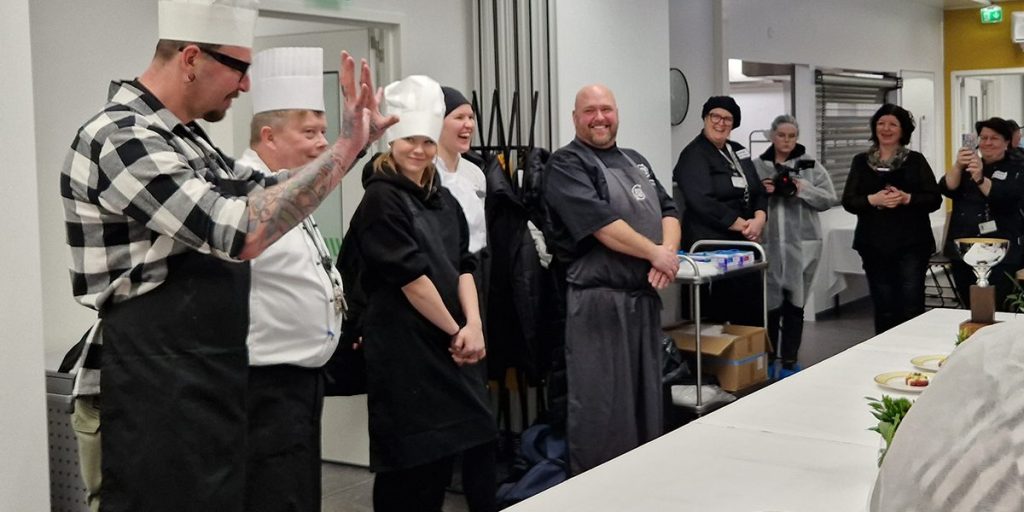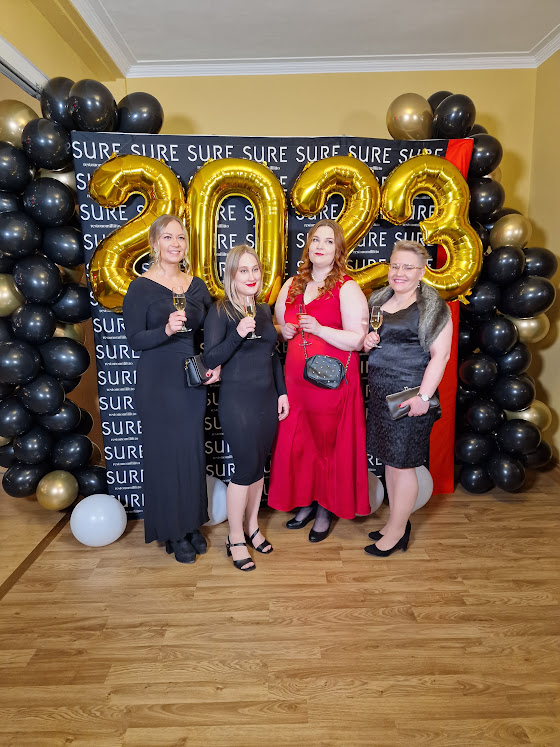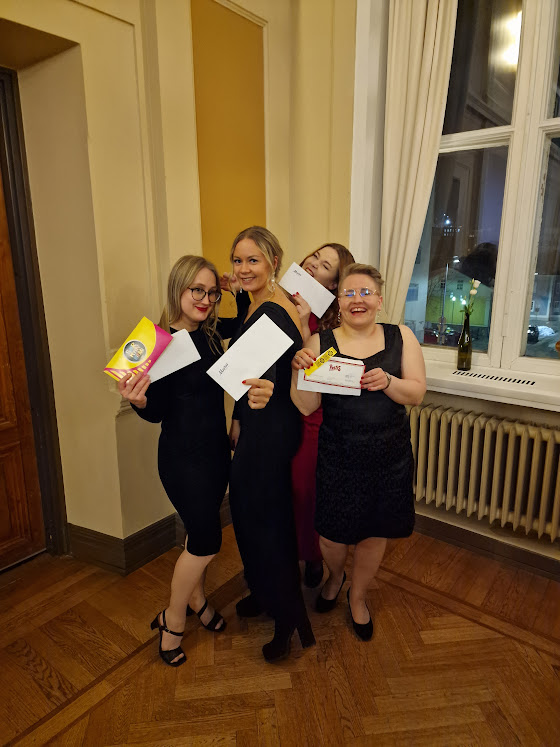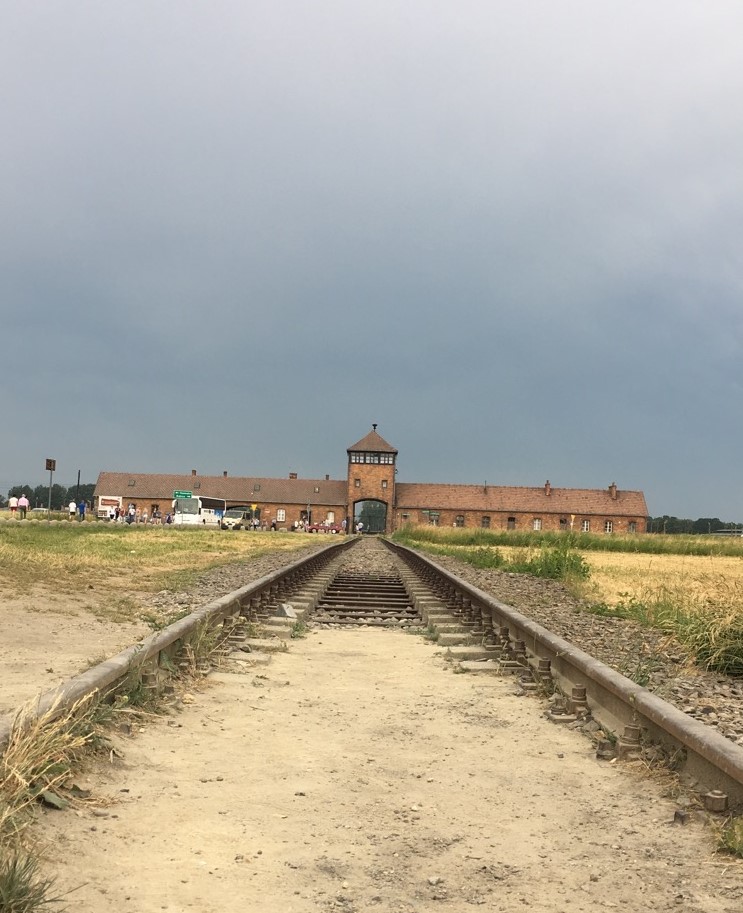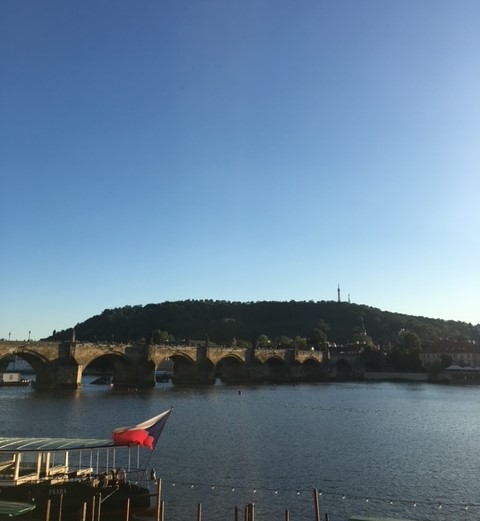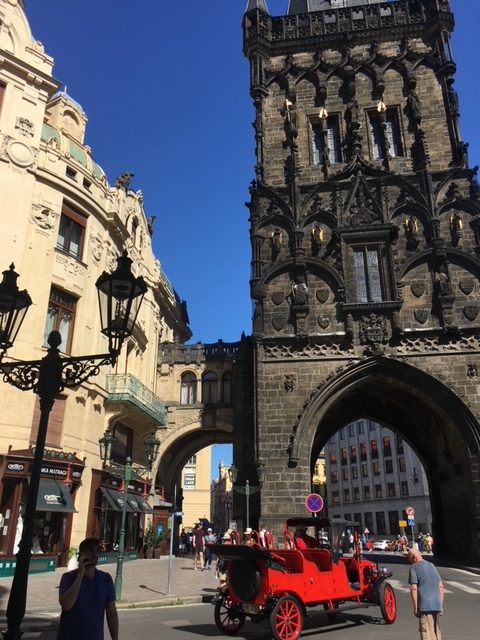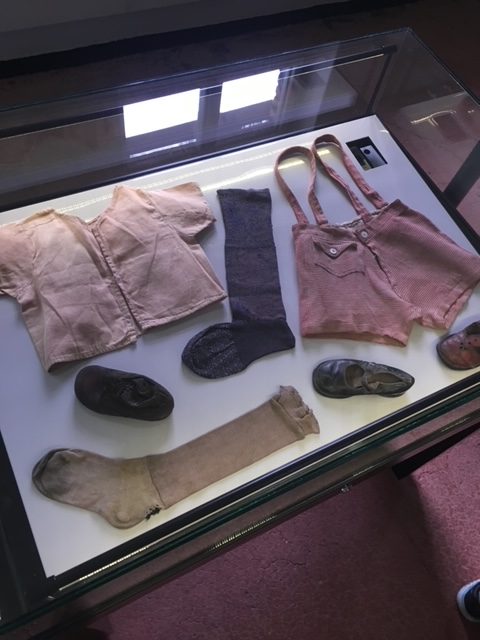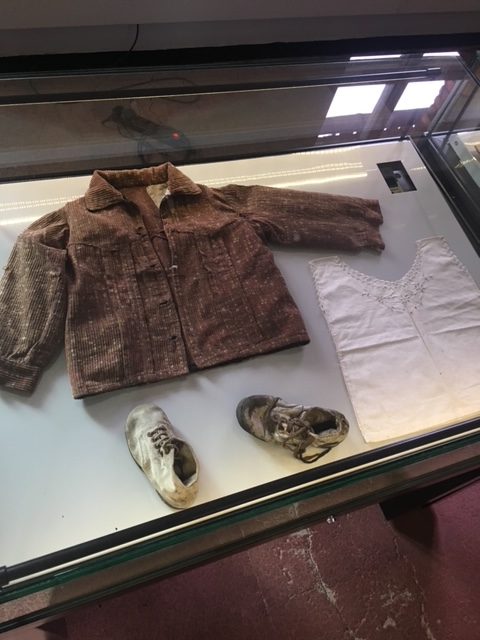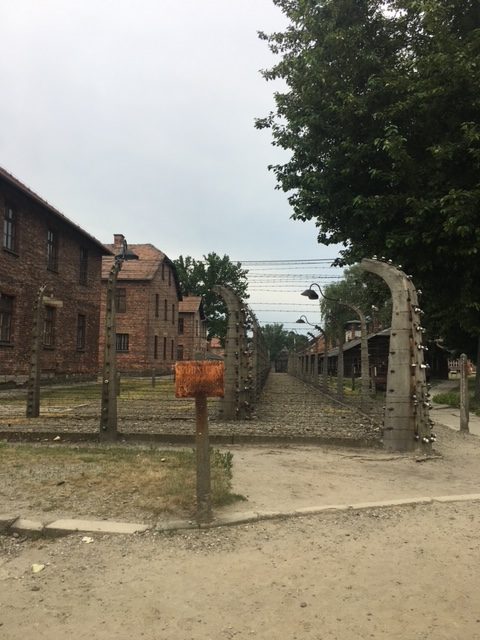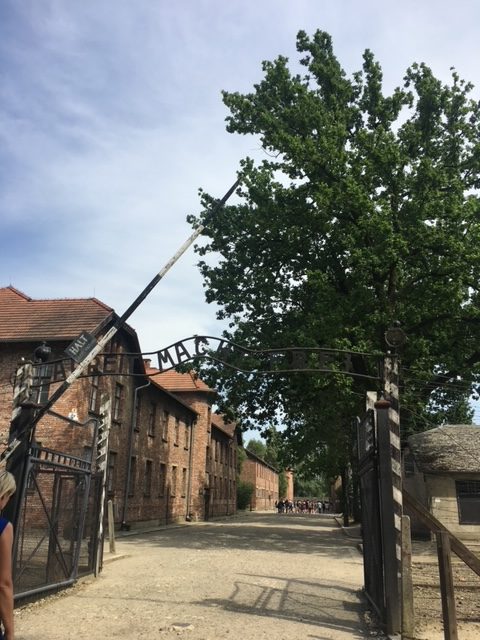It can happen to you anywhere, something unexpected. It can be something not wanted or not so funny. It can also be the cherry on top of the cake and the funniest thing ever. An unexpected situation during traveling might be the one thing that you are talking about to your friends and family when you come home. You can still remember that unexpected situation after many years.
For me, those unexpected situations occurred in almost every destination I have visited. Maybe at that moment, every unexpected situation didn’t feel like the cherry on top of the cake, but after a while, they bring a smile to my face, because you know that’s life and hey, at least I have interesting stories to tell when I’m old in the rocking chair. Here are seven examples of the unexpected situations that happened to me during my travels.
Phuket, Thailand
After sitting for about 11 hours on the bus from Bangkok to Phuket, my bladder was about to explode. We finally arrived and I rushed off the bus. To my horror, I found that there was nothing nearby that I could go to for necessities. Fortunately, however, I noticed this hair salon a little further away. I ran there with my backpack and when I got in the door, I shouted “Sawasdee ka!” and crossed my legs 😀 The hairdresser laughed a little and pointed with her hand to come here. We went to the back room and there was this room with only one hole in the ground. After seeing that hole in the ground I was in heaven. Best hole ever!
El Gouna, Egypt
I was just wandering around and found myself at this bag and shoe shop (surprisingly). I was just looking around and this man (the shop owner) came to me and he was showing me the bags and then he asked how long I’m going to stay in Egypt. I answered and then he was asking me if I was interested to work with him in this same shop where we were.
That wasn’t the last time some local offered me a job opportunity, even though I wasn’t searching for any job. It happened also in Cyprus and in the clothing store. I went to this clothing store, and I was just wandering around looking to buy some nice dresses. The clothing store saleswoman comes to me and asks how I can help, and I say thank you but I’m just looking. After a while, the woman comes to me again and asks how long I plan to stay in Cyprus, and when I answer, she asks if I would be interested in working in that clothing store!
Once upon a time in a cornfield far, far away
I was having a hot air balloon flight above the pyramids. When the flight came to its end and we needed to land on the ground, the hot air balloon man who was in charge of the flight was saying that we have to change our landing spot. So, in the end, we landed in the middle of the cornfield.
When we were getting out of the balloon, we were surrounded by local countryside children. They were putting their hands out in the way that they did expect that we had something to give them, like money. The kids surrounded us in a way that made it hard to start moving forward. We somehow managed to continue our way to get away from that cornfield as the man who was in charge of the balloon flight said that we need to go as fast as we can away from the begging children.
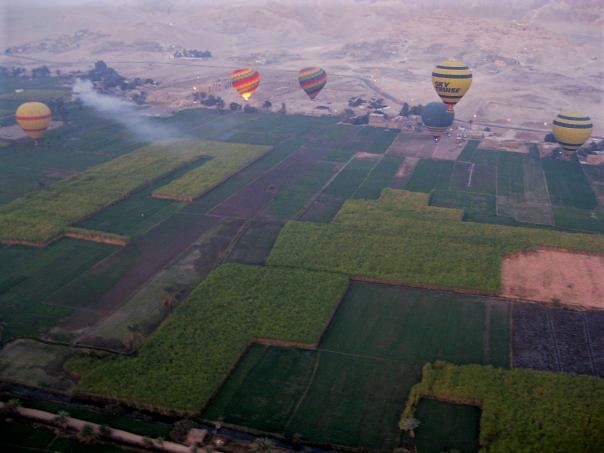
Bangkok, Thailand
What I have learned from these unexpected situations during traveling is that sometimes you just have to improvise. I was wandering around in Chinatown and felt like eating. I found one stall where a local man sold skewers. The skewers looked and smelled really good. I wanted to buy it, but I can’t speak Thai. I asked the seller in English, is this pig? To which I got a response in Thai. The only thing I came up with was that I make noises of different animals, such as the sound of a cow and a pig, in order to know what meat the skewers are made of. So, I pointed at the skewer I wanted and made pig noises. The man laughed and nodded his head. At least one local had arrived next to me. Suddenly one of the locals could speak enough English to say that yes, it is a pork skewer.
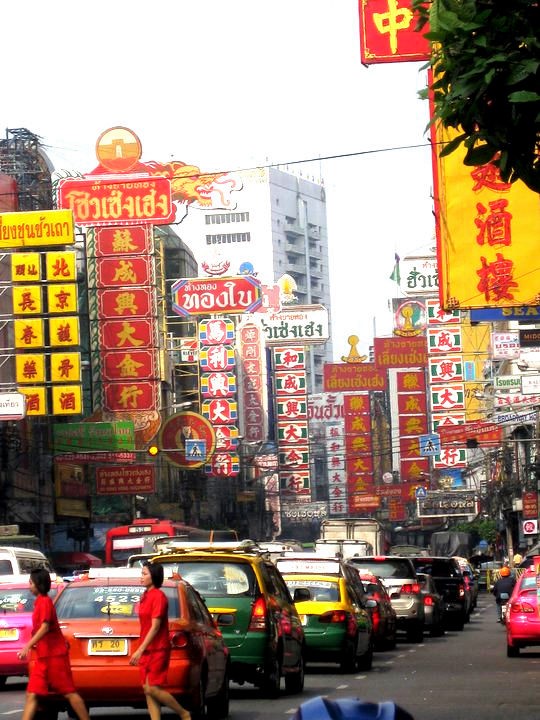
Phuket, Thailand
I had a bus ticket with the seat number in my hand. When the bus arrived, I presented the ticket to the driver, and he gestured toward the back of the bus. I walked towards the back of the bus and looked at my ticket the whole way, which read seat number 67. I got to seat number 66 and then the bus ran out of seats. I wondered about it out loud in English and by chance, there was a man nearby who knew English, and he looked at my ticket and laughed and said that there was nothing he can do about it and to go and sit there and pointed to one empty seat on the bus. The whole way I was watching at my backpack like a lion mother, and I couldn’t sleep because I was absolutely sure that this seat belongs to someone. Well, it turned out that the seat didn’t belong to anyone, so I got off the bus in Bangkok, tired.
Edfu, Egypt
I was enjoying my horse carriage ride in Edfu. I had the privilege of sitting next to the driver and there were other people sitting further back in the carriage. We rode a horse-drawn carriage through the city. The weather was sunny, and we had fun. Until suddenly our horse had some kind of tantrum and started kicking the bag where the horse’s excrement was dripping. So, in the end of the ride we were all covered in horse poop!
Paris, France
I was traveling with my parents to Paris. It was a package tour, and we did almost all the traveling by our tour operators’ bus. So, we finally arrived in Paris and our bus was outside of our hotel. When we were heading out of the bus, our tour guide explained to us that we should take all our belongings with us to the hotel. It’s not safe to leave stuff on the bus overnight.
I was 12 years old back then and I thought that it didn’t matter if I left my camera there on the bus. Because anyway, we were about travel with the same bus around the city on next day. I thought it would be ok and it would be there waiting for me. Little did I know that the next morning when we were heading to our bus, our tour guide told us that there was a robbery that happened during the night and the robbers had broken into our bus. Our tour guide tells us to check if something was missing from the bus. Well, I didn’t see my camera anywhere. It was stolen.
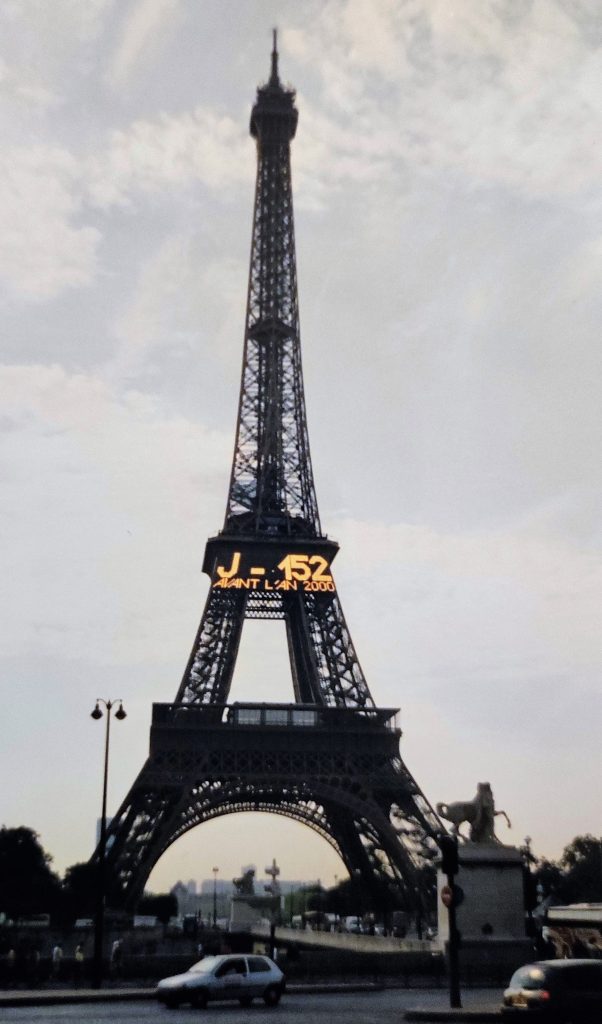
Text and photos: Suzan Haikonen, first year International Tourism Management student
